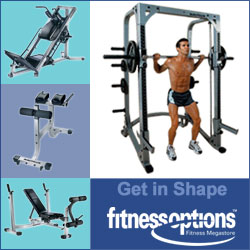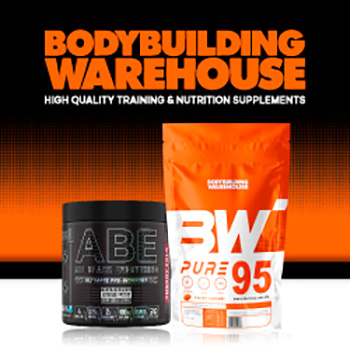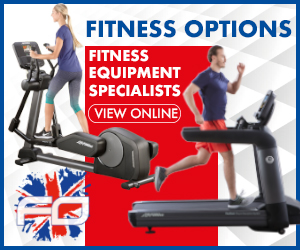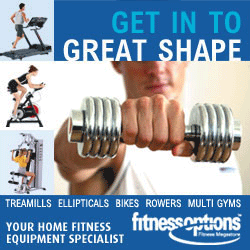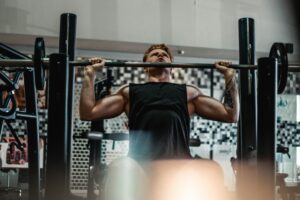
Beginner Weight Lifting Routine
Key Points
- A good beginner weight lifting routine will focus on compound movements that work multiple muscle groups at once for maximum efficiency.
- Begin with 2-3 full body workouts per week, allowing 48 hours of recovery between sessions that target the same muscle groups.
- Correct form is far more important than the amount of weight you’re lifting, especially for beginners.
- Progressive overload, or gradually increasing resistance over time, is the key principle for building strength and muscle.
- When following a consistent routine with proper nutrition and recovery, beginners can expect to see noticeable strength gains within 2-4 weeks.
Starting a weight lifting routine can be a life changing experience, transforming not just your body, but your entire lifestyle. The right beginner routine will challenge your muscles while allowing for proper recovery and teaching you fundamental movement patterns. According to fitness experts, the first few months of training provide the greatest opportunity for rapid strength gains you’ll ever see.
At PeakFitness, they have supported thousands of novices in establishing their initial successful workout plans. This all inclusive guide offers all the tools you need to confidently start your strength training journey, steering clear of the usual mistakes that trip up many beginners. Whether your aim is to build muscle, shed fat, or boost your overall health, this method, backed by science, will lay the groundwork for lasting success.
Before we jump into the specific exercises, remember that consistency is more important than perfection. Studies show that sticking to the program is the best predictor of results for beginners. The routine outlined below is designed to be sustainable, requiring only three sessions per week while delivering maximum results through strategic exercise selection and progression.
Get Fit: The Ultimate Beginner Weight Lifting Routine
The best beginner weight lifting routine follows three main rules, concentrate on compound exercises, work out your whole body several times a week, and prioritize good form over heavy weights. This method enhances neurological adaptation the process where your brain gets better at using muscle fibres which is responsible for most of the strength gains in the first 6-8 weeks of training.
If you’re just starting out, aim to hit the gym 2-3 times each week, taking at least one day off in between to rest. This schedule will give your muscles the right amount of stimulation to grow while also giving them enough time to recover. Research has found that this method is more effective at building strength than only working out each muscle group once a week, which is a common but misguided suggestion for beginners.
Where you work out isn’t as important as you may believe. It doesn’t matter if you’re lifting free weights at a public gym, using machines at a fitness centre, or even using household exercise machines for resistance at home, the rules are the same. The body reacts to resistance, no matter where it comes from, though free weights usually have a greater long term potential for strength development because they engage stabilizing muscles.
Top Beginner Weight Lifting Exercises You Should Learn
The bedrock of any successful beginner routine is compound exercises that engage more than one muscle group at a time. These exercises give you the most value for your time, engaging the most muscle tissue and boosting functional strength that you can use in everyday activities. Learning these exercises early on sets up good habits that will benefit you throughout your fitness journey.
Begin with only 4-6 exercises in each workout, emphasizing doing the exercises correctly over doing a large number of them. Studies show that beginners build strength at about the same rate whether they do 1-3 sets per exercise or more, so keep your workouts doable. Try to do 8-12 reps per set for most exercises, which is the sweet spot for both building strength and developing muscle, and allows you to get your form down.
Keep in mind that the exercises you choose should match your current mobility and the equipment you have available. If certain exercises cause discomfort or are unavailable, don’t be afraid to use machine versions or alternative movements. The best exercise is one you can do regularly and with the correct form.
Maximizing Your Results with Compound Movements
Compound exercises are the cornerstone of effective strength training because they work multiple joints and muscle groups at the same time. For beginners, learning these movements helps build the neuromuscular base needed for more advanced training and triggers the biggest hormonal response for muscle growth. Research consistently shows that programs that focus on squats, deadlifts, presses, and rows give better results than routines that focus on isolation, especially for beginners.
Building Upper Body Strength: Bench Press, Rows, and Shoulder Press
The bench press is a great way to build your chest, shoulders, and triceps while also learning the proper mechanics of upper body pressing. Start with dumbbells instead of a barbell to allow your shoulders to move naturally and to prevent possible imbalances. For rowing movements, you can choose between bent over barbell rows, dumbbell rows, or cable rows, depending on what’s comfortable for you and what equipment you have available. These exercises will strengthen your back and biceps and improve your posture. The overhead press is a great way to build strong shoulders and upper body stability. However, start with lighter weights to make sure your form is correct and to protect your shoulder joints.
Building Lower Body Strength: Squats, Deadlifts, and Lunges
When it comes to lower body workouts, squats are king. They’re a compound exercise that targets your quads, hamstrings, glutes, and core all at once. Start with bodyweight squats to get the hip hinge motion down, then move on to goblet squats using a dumbbell or kettlebell. Try to get your thighs parallel to the ground while keeping your spine neutral and your knees in line with your toes.
Deadlifts can be a bit scary to look at, but they’re a vital exercise for developing strength in your posterior chain and teaching you how to lift properly. Start with a lightweight dumbbell or kettlebell deadlift variation before moving on to barbell deadlifts. The movement should feel like a strong hip hinge, not a squat, with the weight close to your body throughout the movement. Get this movement pattern right early on to avoid possible back injuries in the future.
Lunges are a type of unilateral (single leg) training that can help correct strength imbalances while also improving your balance and coordination. Start with stationary split squats and then move on to walking lunges or reverse lunges. Make sure to keep your torso upright and prevent your front knee from going past your toes. Because they challenge your stability, lunges are especially good for building functional strength that you can use in your everyday life. For more exercises to enhance your routine, check out this beginner’s training guide.
Exercises for Core Stability
For beginners, the focus of core training should be on stability first, then strength. Planks and their variations are great for teaching your core to resist movement, which is its main function during compound lifts. Start with holds of 20-30 seconds and gradually increase the duration as your strength improves. Bird dogs and dead bugs are great for developing core stability while keeping your spine properly aligned.
Don’t rush into doing sit-ups and crunches. They can cause you to move in the wrong way and potentially strain your lower back. Instead, focus on movements that train your core to stabilize your spine. This will help you improve your performance in your main lifts. Remember that compound exercises like squats and deadlifts already place significant demands on your core muscles when performed correctly.

